
Ingredient
Lemongrass
The Zesty Herb
Lemongrass is a fragrant herb commonly used in Asian cuisine, known for its citrusy and refreshing flavor. It adds a unique twist to dishes, whether used in soups, curries, or teas. With its vibrant aroma and distinct taste, lemongrass is a versatile ingredient that can elevate any recipe.
Origins and history
Lemongrass has its roots in Southeast Asia, particularly in countries like Thailand, Vietnam, and Indonesia. It has been used for centuries in traditional medicine and culinary practices. Its citrusy flavor and aromatic properties make it a staple in Thai, Vietnamese, and Malaysian cuisines.
Nutritional information
Lemongrass is low in calories and a good source of essential vitamins and minerals. It contains antioxidants that help boost the immune system and has anti-inflammatory properties. Additionally, lemongrass is known to aid digestion and promote healthy skin.
Allergens
Lemongrass is generally safe for consumption, but some individuals may experience allergic reactions. People with known allergies to grasses or citrus fruits should exercise caution when consuming lemongrass.
How to select
When selecting lemongrass, look for firm stalks that are pale yellow or green in color. Avoid any that appear wilted or have brown spots. The stalks should feel firm and have a strong citrusy aroma. Freshness is key to ensure optimal flavor.
Storage recommendations
To store lemongrass, wrap it in a damp paper towel and place it in a plastic bag or airtight container. Keep it in the refrigerator for up to two weeks. Alternatively, you can freeze lemongrass by chopping it into smaller pieces and storing them in an airtight container or freezer bag for up to six months.
How to produce
Lemongrass can be grown in your own backyard or garden. It thrives in warm climates and requires well-drained soil and plenty of sunlight. Plant lemongrass stalks in a pot or directly in the ground, ensuring they have enough space to grow. Regular watering and occasional fertilization will help it flourish.
Preparation tips
To prepare lemongrass, remove the tough outer layers and trim the top and bottom of the stalk. The tender inner part can be finely chopped, sliced, or pounded to release its flavors. Lemongrass is commonly used in soups, curries, stir-fries, marinades, and teas. It can also be infused into oils or used to flavor desserts and cocktails.
Substitutions
Ginger can be used as a substitute for lemongrass, providing a similar zesty and aromatic flavor. However, keep in mind that ginger has a stronger taste, so adjust the quantity accordingly. Alternatively, lemon zest combined with a small amount of fresh ginger can mimic the citrusy and herbal notes of lemongrass.
Culinary uses
Lemongrass is widely used in Asian cuisines, particularly in Thai, Vietnamese, and Malaysian dishes. It adds a refreshing and tangy flavor to soups like Tom Yum, curries like Green Curry, and stir-fries. Lemongrass is also commonly used to infuse teas, create marinades for grilled meats, and flavor desserts such as ice creams and sorbets.
Availability
Lemongrass is commonly available in Southeast Asian countries like Thailand, Vietnam, and Indonesia. It can also be found in specialty Asian grocery stores or well-stocked supermarkets around the world.
More ingredients from this category

Hyssop
Hyssop: Unveiling the Herbal Elixir of Ancient Times

Russian tarragon
The Herbaceous Elegance

Epazote
The Magical Herb: Unveiling the Secrets of Epazote
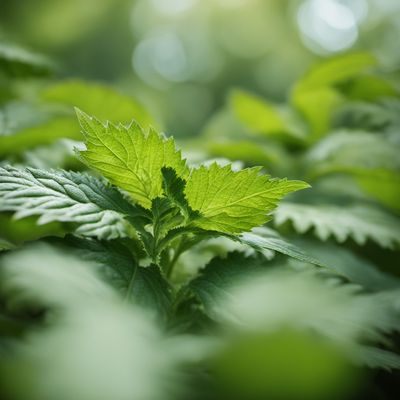
Other urtica species
The Hidden Gems of Urtica: Exploring Lesser-Known Species
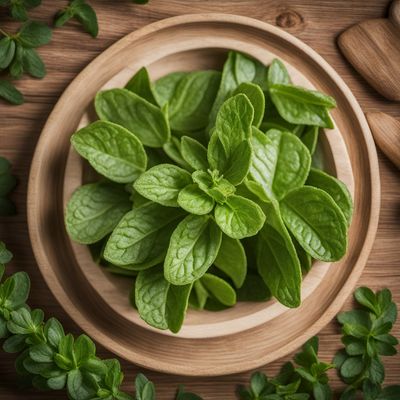
Mexican oregano
The Flavorful Herb

Aztec sweet herb
The Sweet Secret of the Aztecs

Common nettle
The Nutritional Powerhouse

Tarragon
The Herb of Elegance

Stevia
The Sweet Secret of Stevia
Recipes using Lemongrass » Browse all
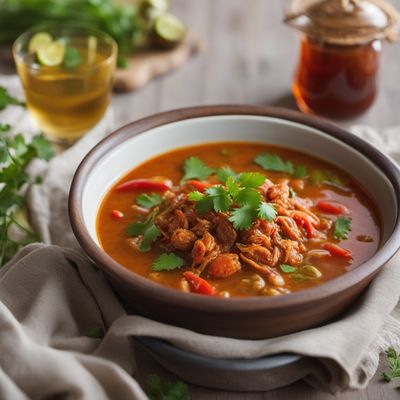
East Timorese-style Crab Soup
Savory Delight: East Timorese Crab Soup with a Twist

Peranakan-style Masna Pogača
Nyonya Twist: Peranakan-style Masna Pogača
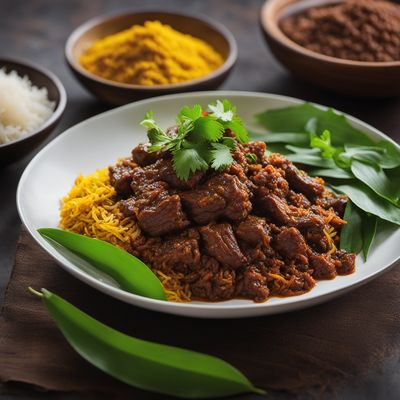
Nasi Padang with Rendang Beef
Indonesian Delight: Fragrant Nasi Padang with Slow-cooked Rendang Beef
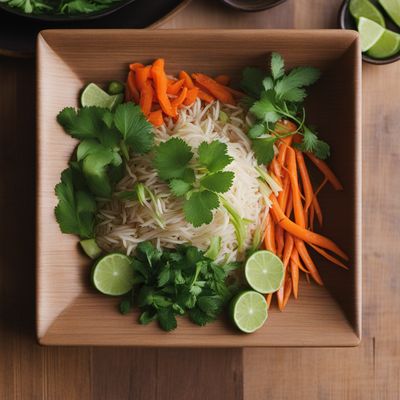
Hmong-Inspired Takoraisu
Savory Fusion: Hmong-Inspired Takoraisu
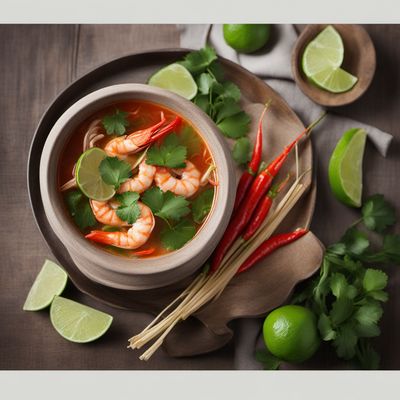
Authentic Thai Tom Yum Soup
Spicy and Tangy Thai Tom Yum Soup: A Burst of Flavors

Yam Kun Chiang with a Twist
Spicy Thai Sausage Salad: A Burst of Flavors
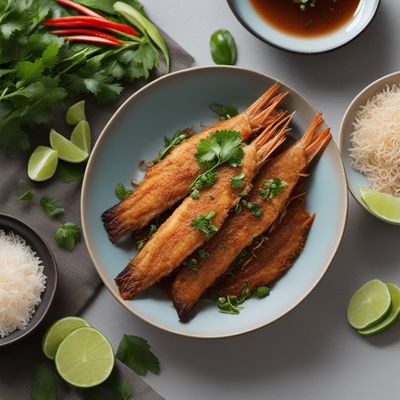
Crispy Thai Fried Fish
Golden Delight: Crispy Thai Fried Fish with a Zesty Twist

Nasi Bogana with Spiced Chicken and Fragrant Coconut Rice
Indonesian Delight: Fragrant Coconut Rice with Spiced Chicken - Nasi Bogana
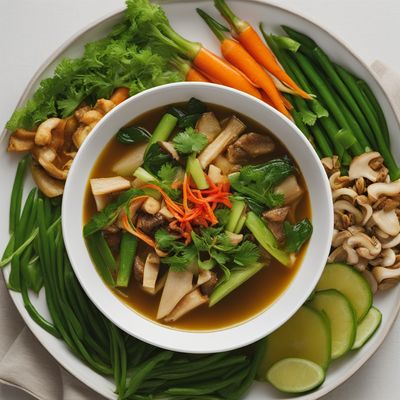
Sundanese Style Vegetable Nabemono
Sundanese Delight: A Flavorful Twist on Vegetable Nabemono
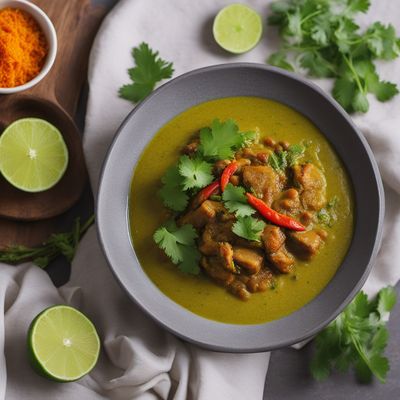
Singaporean-style Khar
Spicy and Tangy Singaporean Khar: A Fusion Delight

Lẩu mắm Châu Đốc - Vietnamese Fermented Fish Hot Pot
Umami Delight: Vietnamese Fermented Fish Hot Pot

Peranakan-style Pork Roast
Nyonya-inspired Pork Roast: A Fusion of German and Peranakan Flavors